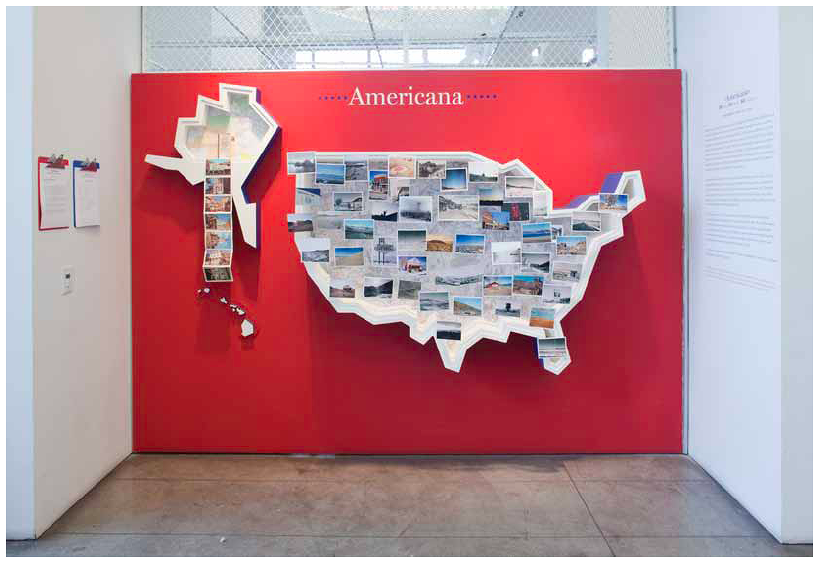Nevada: The Grand Survey

CCA Wattis Institute for Contemporary Art, San Francisco, CA
February 2010
Curated by Arden Sherman
To this day, a photograph of Nevada's landscape has the power to seduce the viewer with an image of primordial vastness that simultaneously awes and inspires. Popular photography has had an ongoing impact on how the state of Nevada is envisioned in the collective consciousness of the United States. In the 1860s, the U.S. government initiated a series of geological expeditions that aimed to map the still under-explored territory of the American West. Survey teams were made up of scientists, cartographers and men versed in the burgeoning art of photography. Among these early photographers were Timothy O'Sullivan, William Henry Jackson, William Bell, and A.J. Russell. The photographs they took during these Grand Surveys, as they were called, would stand in as symbols of the American West that the nation would mythologize for years to follow.
The photographs taken on the U.S. Geological Surveys of the 1860s and 1870s recorded, re-imagined and altered the image of Nevada's landscape, suggesting an unclaimed countryside ripe for development with immense acreage begging for investment. The photographs reached ventures on the East Coast such as railroad companies, private investors, and the US military. The result was that men who had never gone, and would likely never go, to Nevada's remote Great Basin soon owned and operated it.
A half-century later, the New Deal's Farm Security Administration (FSA) set out to commission artists to pictorially document the hardships of the rural American people during the Great Depression. The powerful imagery, which recorded the inhabitants of Nevada's rustic mining villages, directly resulted in federal funding to the state's disparate areas.
Today, it is the photographic image that has popularized and continues to perpetually re-romanticize the more unique aspects of Nevada's landscape, from Area 51 to the old mining towns of Eureka and Austin that lie along "The Loneliest Road in America," Highway 50, to the glitz of Las Vegas and the rare pupfish of Devil's Hole.
